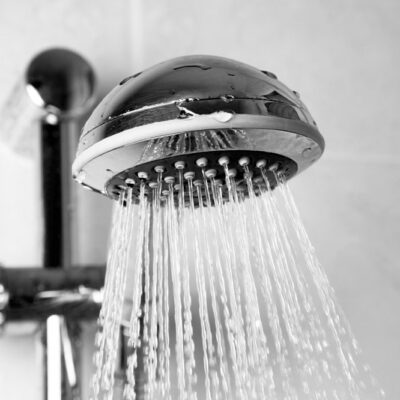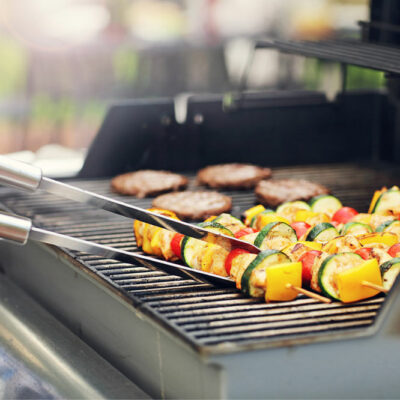
Important things to consider before applying for bad credit loans
Most people with bad credit scores often struggle to get a loan. At first, it can be quite frustrating. Fortunately, today various lenders may offer loans ranging from $500-$5000 or above for bad credit. It can make things easier for individuals with poor credit scores. Nevertheless, one must be careful while taking out such loans. Hence, here are some important things that one must keep in mind during the process. Things to consider while taking out bad credit loans Keep an eye out for the best deal In most cases, bad credit scores mean unfavorable terms for the borrower. However, this is not always the case. Some lenders can provide individuals with better negotiation terms and rates. So, to make the best of these bad credit loans, one must conduct thorough research and find lenders that can meet one’s requirements and preferences. Furthermore, one must look for the best deal with the most favorable terms. It includes transparency about the interest rates and additional fees. Besides this, one must carefully read through the document. Then, the final decision can be made based on all the information provided in it. Focus on the needs, not luxury While it can seem tempting to take out a loan to buy luxurious items, it cannot be considered a wise investment.
Read Article 









